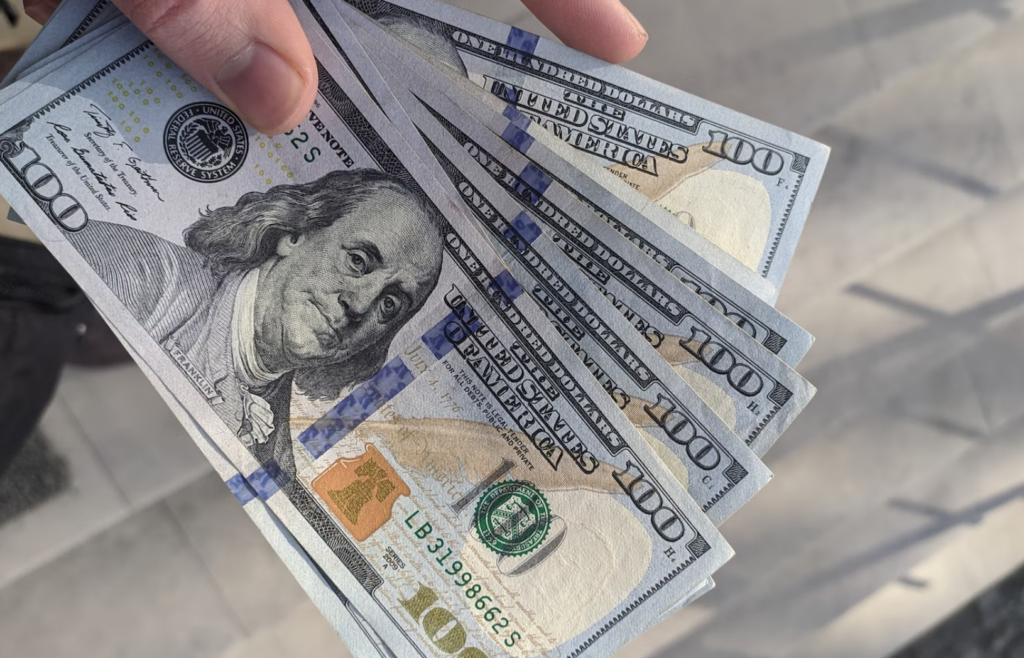Why Small Business Owners Will Suffer Most At The Hands Of The Federal Reserve
The Federal Reserve's aggressive rate hike implementations have made it a precarious time for small business owners to take loans should they need any.
This article is more than 2 years old
This week, the Federal Reserve announced another sharp hike in interest rates as the central bank struggles to control inflation. The decision to raise interest rates by 75 basis points for the third-consecutive time at the Federal Open Market Committee meeting brings the rate to 3%-3.25%. While the move aims to cool the economy, it also puts small business owners in a lending fix they have not experienced since the 1990s.
Small business owners are currently thriving due to the rebounding services sector. Credit performance also remains good throughout the sector, according to lenders. But the Federal Reserve’s more aggressive turn against inflation will lead entrepreneurs to think twice about taking new loans for expansion.
The hesitation is partly psychological since most business owners never operated outside low-interest rate environments, NPR reports. As a result, the shock surrounding debt stands out even if their cash flow remains good enough to cover monthly repayments. But there will also be some small business owners finding it difficult to make cash flow match monthly repayment, especially when inflation is coupled with other costs.
Chris Hurn, Founder and CEO of Fountainhead, which specializes in small business lending addressed the concerns saying, “Demand for lending hasn’t changed yet, but we’re getting dangerously close to where people will start to second guess.”

Unfortunately, the Federal Reserve expects two more increases by the end of the year, bringing the interest rate to 4.4%. That means loans taken by small business owners will reach at least 9% which presents a difficult set of decisions. As traditional banks and credit unions tighten lending standards, and businesses breach debt covenants based on the coverage ratio (which is the amount of cash flow needed to cover debt) more business owners will turn to the Small Business Administrators loan market.
“Every time we get into one of these cycles and the economy is slowing and rates are going up, one of the few places to get business credit is SBA lenders,” Chris Hurn explained. But even in the SBA market, small business owners are beginning to pause due to the Federal Reserve’s rates. Co-founder and CEO of Biz2Credit, which also focuses on small business lending, Rohit Arora said from a credit perspective, people are getting more cognizant about increasing interest costs, and that the Fed will keep interest rates at 4-4.50%.
Sadly, the interest rate is only expected to come down in 2024. And the Federal Reserve expects increases to hit housing prices and the job market, raising unemployment from 3.7% to 4.4% next year. Economic growth will also decrease due to the pressure on small and large business owners.
Addressing the situation, Fed Chair Jerome Powell said, “We have to get inflation behind us. I wish there were a painless way to do that. But there isn’t.” But it’s not just American small business owners who are struggling. Central bankers around the world are raising rates sharply as they also try to tackle the cost of living crisis.
This week the Bank of England is expected to announce its largest rate rise in 25 years, The Guardian reports. Additionally, the European Central Bank raised interest rates across the Euro Zone by a record margin earlier this month.



